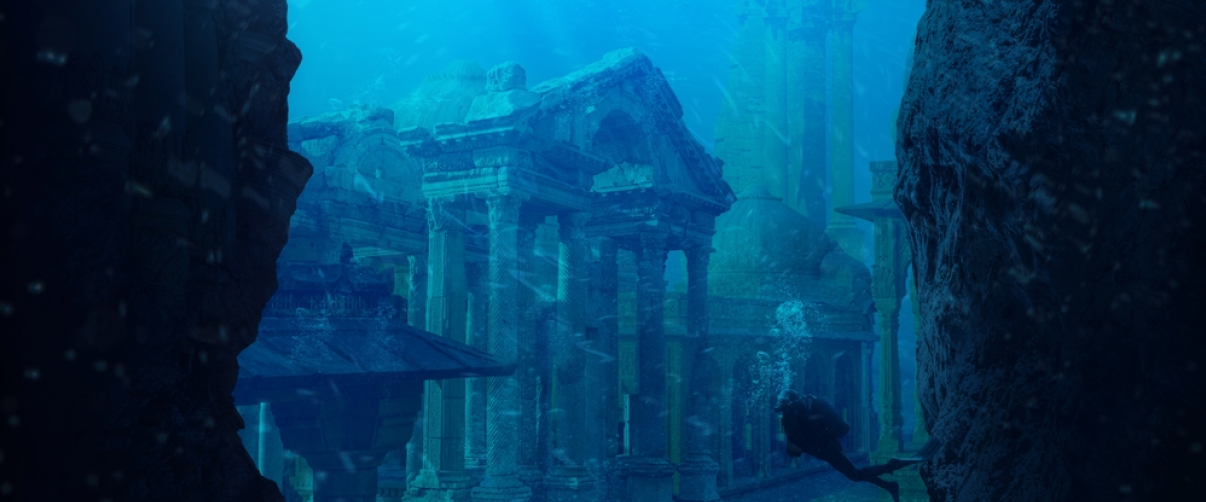The sands of time have a way of burying the grandeur of bygone eras, leaving behind whispers of civilizations that once thrived and then vanished without a trace. These lost cities captivate our imagination, inviting us to delve into the mysteries of their rise and fall. Let’s embark on a journey to uncover the enigmatic stories of some of the world’s most fascinating ancient civilizations that disappeared.
Lost Cities of the Ancient World: Mysterious Civilizations That Disappeared

The Maya Empire: A Silent Jungle Legacy
Deep within the lush jungles of Central America lie the remnants of the Maya civilization, a society that excelled in engineering and mathematics. Flourishing between 2000 BC and 900 CE, the Maya built sprawling cities adorned with towering pyramids and intricate carvings. Yet, around 900 CE, these urban centers were mysteriously abandoned. Scholars suggest that factors such as prolonged warfare, climate change-induced famine, and resource depletion may have contributed to their decline.
The Enigmatic Khmer Empire of Angkor
In the heart of Southeast Asia, the Khmer Empire once stood as a testament to human ingenuity, with Angkor serving as its magnificent capital. Between 1000 and 1200 CE, the empire thrived, constructing architectural marvels like Angkor Wat—a temple complex of unparalleled grandeur. The reasons behind the empire’s sudden decline remain shrouded in mystery, but hypotheses point toward devastating wars and environmental disasters that crippled its sustainability.
The Indus Valley Civilization: Harappa and Mohenjo-Daro
One of the world’s earliest urban cultures, the Indus Valley Civilization, also known as the Harappan Civilization, spanned parts of modern-day India, Pakistan, and Afghanistan. Established around 3700 BC, cities like Harappa and Mohenjo-Daro showcased advanced urban planning and sophisticated architecture. By 1900 BC, these cities were abandoned, possibly due to a massive drought that led to declining trade and crippling food shortages.
The Silent Stones of Easter Island
Easter Island, or Rapa Nui, isolated in the Pacific Ocean, is home to the mysterious Moai statues—colossal stone heads that stand as sentinels of a lost civilization. Settled around 700 CE by Polynesian explorers, the island’s society may have collapsed due to overexploitation of resources, leading to deforestation and famine. The drastic population decline is also attributed to disease and possible slave raids.
Çatalhöyük: The Ancient Urban Labyrinth
Nestled in what is now south-central Turkey, Çatalhöyük was a proto-city that flourished between 9,000 and 7,000 years ago. Remarkable for its unique hive-like structure with interconnected dwellings, the city’s residents accessed their homes through rooftops. Despite leaving behind a wealth of artifacts depicting daily life and spiritual rituals, the reasons for Çatalhöyük’s abandonment remain unknown, adding to its mystique.
The Mound Builders: Mississippian Civilization
In the fertile valleys near the Mississippi River, the Mississippian Civilization emerged around 700 CE. This agrarian society is best known for Cahokia, a sprawling city near present-day Collinsville, Illinois. With monumental earth mounds and a complex social structure, Cahokia was a cultural hub until its decline around 1250 AD. Environmental degradation, coupled with famine and disease, are speculated to have led to its downfall.
The Olmecs: The Mother Culture of Mesoamerica
Long before the Maya and Aztecs, the Olmec civilization flourished between 1600 BC and 350 BC along the Gulf Coast of Mexico. Renowned for their colossal stone heads and sophisticated art, the Olmecs laid the foundational cultural aspects for subsequent Mesoamerican societies. Their sudden disappearance remains a puzzle, with theories suggesting environmental changes or internal strife as possible causes.
The Vanished Vikings of Greenland
In the late 10th century, Norse explorers established settlements in Greenland, led by Erik the Red. These Viking colonies thrived for centuries despite the harsh climate. By the 14th century, the settlers mysteriously disappeared. Scholars believe that climatic cooling, known as the Little Ice Age, depleted resources and made survival untenable, forcing the Vikings to abandon their homes.
The Anasazi: Architects of the Cliffs
The Anasazi, or Ancestral Puebloans, inhabited the American Southwest, crafting intricate cliff dwellings around 1500 BC. Their impressive communities, such as those in Mesa Verde, showcase advanced masonry skills. By the late 13th century, these sites were abruptly deserted. Theories about their disappearance range from severe droughts to social turmoil and invasions.
Thonis-Heracleion: Egypt’s Sunken Treasure
Lost beneath the Mediterranean Sea for over a millennium, Thonis-Heracleion was once a bustling Egyptian port city. Submerged around the 8th century AD, possibly due to earthquakes and floods, it remained a legend until its rediscovery in 2000. Archaeologists have since uncovered an array of artifacts, including statues, coins, and temples, offering a glimpse into its historic significance.
Petra: The Rose City of the Desert
Carved into vibrant red sandstone cliffs, Petra, located in modern-day Jordan, was the capital of the Nabatean Kingdom. Established around the 4th century BC, it became a vital trade hub. A series of earthquakes, along with the shifting of trade routes, led to its abandonment by the 7th century AD. Rediscovered in 1812, Petra stands as an archaeological marvel and a testament to human artistry.
Conclusion
The remnants of these lost cities remind us of the transient nature of civilizations. While they once stood as centers of cultural and technological advancement, a combination of environmental changes, resource depletion, warfare, and other unknown factors led to their enigmatic disappearances. As we continue to unearth their secrets through archaeology and research, we not only learn about their past glories but also gather lessons on sustainability and resilience for our own societies.
Explore Further
Embark on your own adventure to these historic sites and witness the echoes of ancient civilizations firsthand. Whether it’s trekking through the jungles of Central America to the ruins of the Maya or marveling at the stone carvings of Petra, these destinations offer a profound connection to our shared human heritage.











